Supplemented substrate mixes are a great way to level up your mushroom growing game and get more out of your existing setup, but one blend stands out from the rest.
What is Master’s Mix?
Master's mix is a type of substrate blend that has grown in popularity over the years for cultivating a variety of gourmet mushrooms. The substrate mix is a blend of hardwood fuel pellets (HWFP) and soy hulls, which provide a nutrient and nitrogen-rich medium for the mycelium to colonise and fruit from. The mix is typically a 50-50 blend between the two ingredients, though some experiment with ratios for different species of mushrooms.
Many advanced growers opt for Master’s Mix when growing mushroom species that prefer hardwood substrates as it allows for fast colonisation and can produce sizeable yields. Whilst there are many benefits to using master’s mix, there are a number of steps required to produce an optimal blend for your mushrooms.
What are Soy Hulls?
Soy hulls are the outer shell or skin of a Soy Bean which are most commonly disposed of in many commercial soybean farms. When combined with hardwood sawdust, the hulls offer a premium substrate for the mycelium to colonise. Soy hulls are high in cellulose, contain key nutrients and protein, and can be easily broken down in water – making for an ideal substrate supplement.
Benefits of using Master’s Mix
It’s nutrient-rich
You may be wondering why Master’s Mix is a preferred substrate blend for many experienced growers, especially for species that seem to thrive in almost any environment they encounter (here’s looking at you, Pleurotus Ostereatus). The key reason is that the blend between soy hulls and hardwood offers an optimal nutritional composition for many types of mushrooms. It boasts a high level of nitrogen and minerals when compared with other popular substrates, and is relatively inexpensive to produce.
The 50-50 Master’s Mix has become renowned for helping to create fast-fruiting mushrooms with large yields and substantial-sized mushroom bodies.
It’s suitable for a wide variety of mushrooms
Master’s Mix is a great choice for many types of gourmet mushroom species. With a few exceptions, Master’s Mix is an excellent choice of substrate mix for mushrooms that favour wood-loving mushroom species.
It’s inexpensive and easy to store
The core ingredients for Master’s Mix are relatively inexpensive and can be easily sourced from accessible outlets. Soy hulls are commonly used as livestock or horse feed and can be ordered online or may be found at a local feed shop.
Does Master’s Mix require sterilisation?
Yes, a true Master's Mix requires sterilisation of the substrate. This is because Master’s Mix is a highly supplemented substrate mix and is prone to contamination. Supplemented mixes are a fantastic growing medium as they provide our mushrooms with the nutrition they need to thrive, but they also offer a desirable host for other competing organisms.
We’ll run through the steps required to properly sterilise your substrate in this guide but it is best to work quickly with your mix once sterilised as a nutrient-dense medium without an active microbiome can be “taken over” rather quickly! For more advanced growers, this is where the introduction of laminar flow hoods can be beneficial to retain maximum control over your growing environment.
Which types of mushrooms are best suited for Master’s Mix?
When it comes to determining which mushrooms are best suited for a Master’s Mix substrate, the general rule of thumb is that most wood-loving mushrooms will perform well on the blend, but there are some important exceptions.
Oyster Mushrooms
Oyster mushrooms are some of the more popular mushrooms to be grown on Master’s Mix. Not only are they easy to grow – making them a beginner’s favourite – they’re also some of the most popular gourmet mushrooms in the world, which is good news for commercial growers. Whilst it is true that oyster mushrooms are particularly aggressive in their growth and will grow in almost any environment, Master’s Mix provides them with a nutrient powerhouse to thrive from.
Lion’s Mane Mushrooms
Lion’s mane mushrooms are another popular choice of mushroom for using Master’s Mix. Though not as persevering as oyster mushrooms, Lion’s Mane thrives on Master’s Mix when the proper precautions are taken in the substrate preparation and inoculation process.
Enoki Mushrooms
Enoki Mushrooms (also known as velvet stem) are another interesting option for Master’s Mix. Whilst they are a delicate variety of mushrooms, they’re found naturally in the wild decomposing decaying hardwood tree logs and seem to love the nutrients provided in the MM.
How to make Master’s Mix
Step 1. Gathering Supplies Required
Before getting stuck in, you will need to ensure you have the right ingredients and supplies to produce your mushroom substrate blend.
Ingredients
There are only three core ingredients for a master’s mix blend: hardwood fuel pellets, soy hulls and water.
- Hardwood fuel pellets – 450g: HWFP are a fairly easy ingredient to find in the UK with several online options available. These pellets are multipurpose so you may find them sold intended for pellet stoves, pizza ovens or even animal bedding (though it is important to ensure it does not contain anti-fungal agents such as eucalyptus ).
- Soy hulls – 450g: soy hulls are commonly sold as animal feed pellets and can be sourced from a pet store or online retailers. If you live in a rural area with access to a farm with soy byproducts, you may be able to buy them whole.
- Water & 1.4L: It is best to use clean drinking water for this stage – you will be sterilising your mix shortly anyways, but this is to prevent heavy metals or other byproducts from ending up in your mix.
- Mushroom Grain Spawn – 200g: Whilst not needed for strictly producing the mix, it is worth noting that grain spawn is the perfect choice for master’s mix and will quickly colonise the blend.
Equipment
Whilst most of the equipment required is inexpensive, we do recommend that you invest in a pressure cooker to complete the process. A pressure cooker is a great addition to any mushroom grower’s arsenal and makes the process of true sterilisation significantly easier than alternative methods.
- A pressure cooker
- Digital weighing scales
- Mushroom growing bags or buckets
- Measuring cups
Step 2. Prepare and Weight Dry Ingredients
Using your scales, weigh out equal amounts of hardwood fuel pellets and soy hulls. In the example above, we have recommended using 450g of each to produce a 2.3kg substrate block.
If you have opted for a mushroom growing bag (which is recommended!), go ahead and mix the blend directly in the bag. If you plan to use another container, such as a glass jar or fruiting chamber, it can still be beneficial to use a bag for ease of sterilisation. If you’re set on using another container, simply ensure there is sufficient space for ventilation – you can use microporous tape to seal holes for maximum air exchange.
Step 3. Add Water
Once your dry ingredients are sufficiently mixed, it is time to add your water to the mixture. A true master’s mix should have hydration of around 60%, though additional water may be required to rehydrate the hardwood pellets – follow our recommended measurement ratios to ensure this is achieved.
Allow the mix to sit for 5-10 minutes for the dry ingredients to properly hydrate and absorb the water. Your mushroom bags are ready to be folded and prepared for sterilisation in the pressure cooker.
Step 4. Sterilising the substrate mix
Now that your substrate mix has absorbed the water and is sufficiently hydrated, you will need to fold your mushroom bag over itself, removing excess air, to be placed in the pressure cooker.
A quick safety note – pressure cookers can be dangerous if not properly maintained or operated. Before using your pressure cooker, ensure the seal is in good condition and is not warped. It is also important to ensure that your cooker does not run out of water during the sterilisation process as this can result in the burning or melting of the inner contents which will not only destroy your mix but also damage your cooker.
Determining the right amount of water will depend on the size of your pressure cooker, but you will need to ensure there is enough to withstand the duration of your cook.
We recommend that you set your cooker to a pressure of 15 PSI at a temperature of 121 degrees celsius for at least 90 minutes. For larger bags (~5LBS) we recommend sterilising for at least 2-2.5hours.
Once your mix has been sterilised and has then properly cooled, we recommend putting it to use as soon as possible. The longer the mix sits in storage post-sterilisation, the greater the chance of contamination occurring.
Step 5. Inoculation
After allowing your cooker to depressurise, wait a few hours before removing the pressure cooker lid. This prevents any damage to your growing bag from the sudden change in temperature.
It is key that you sanitise your work surfaces, hands and equipment before beginning the inoculation process as this is where contaminants are most likely to be introduced. In commercial or advanced growing environments, it is often recommended to use the aseptic technique during inoculation.
This forces you to adhere to strict sanitary rules when inoculating the substrate. For example, this may involve only using handling equipment that has been flame sterilised to make contact with the mix or the spawn. Whilst alcohol may be used to sanitise surfaces, it is not recommended for the handling of the mix or spawn. It also suggests that you wear a medical-grade face mask and promotes the use of a laminar flow hood for maximum airflow control.
If you’re unable to adhere to such rules, we recommend taking as much care with sanitisation as possible and performing the inoculation in an enclosed space with minimal airflow.
How to avoid contamination in your master’s mix
Contamination is the number one pitfall for growers producing their own Master’s Mix. Whilst it takes practice to refine your own process for producing supplemented substrates, almost all issues can be avoided with the proper preparation and care.
The two key areas where growers struggle to prevent contamination are sterilisation and inoculation. Our main advice with sterilisation is not to cut any corners. This means allowing the mix to sterilise for as long as necessary and investing in the right equipment. If you’re unsure if your mix has been in the pressure cooker for long enough, it is safer (assuming you have sufficient water) to allow the mix to sterilise for longer than needed rather than not quite enough.
When it comes to inoculation, we cannot emphasize enough the importance of following thorough sanitisation processes. Ensure your working surfaces have been disinfected, your hands are washed and any handling equipment has also been sterilised or sanitised.
If you have the ability to use a laminar flow hood, we strongly recommend performing the inoculation in front of the hood for filtered air, free of airborne contaminants.
Master’s Mix FAQs
Who Invented Master’s Mix?
Master’s Mix was invented by T.R. Davis from Earth Angel Mushrooms. T.R. Davis has been credited with being the first person to trial the use of a hardwood sawdust and soybean bull as a supplemented substrate mix.
Will Shiitake Mushrooms Grow on Master’s Mix?
Shiitake mushrooms are usually not best suited for growing on a master’s mix substrate blend. This is because the high nitrogen content results in a large first flush but can lead to deformation of the fruiting bodies and result in lower yields for ongoing harvests.
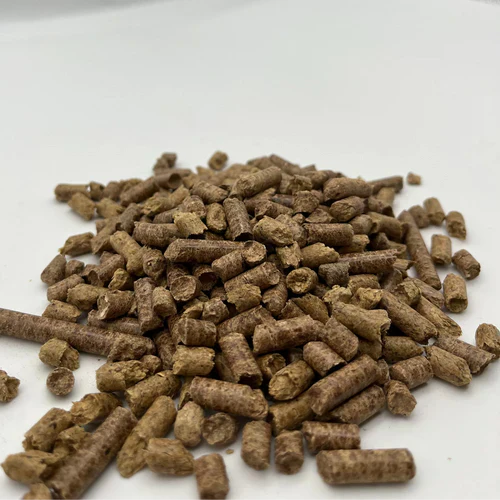
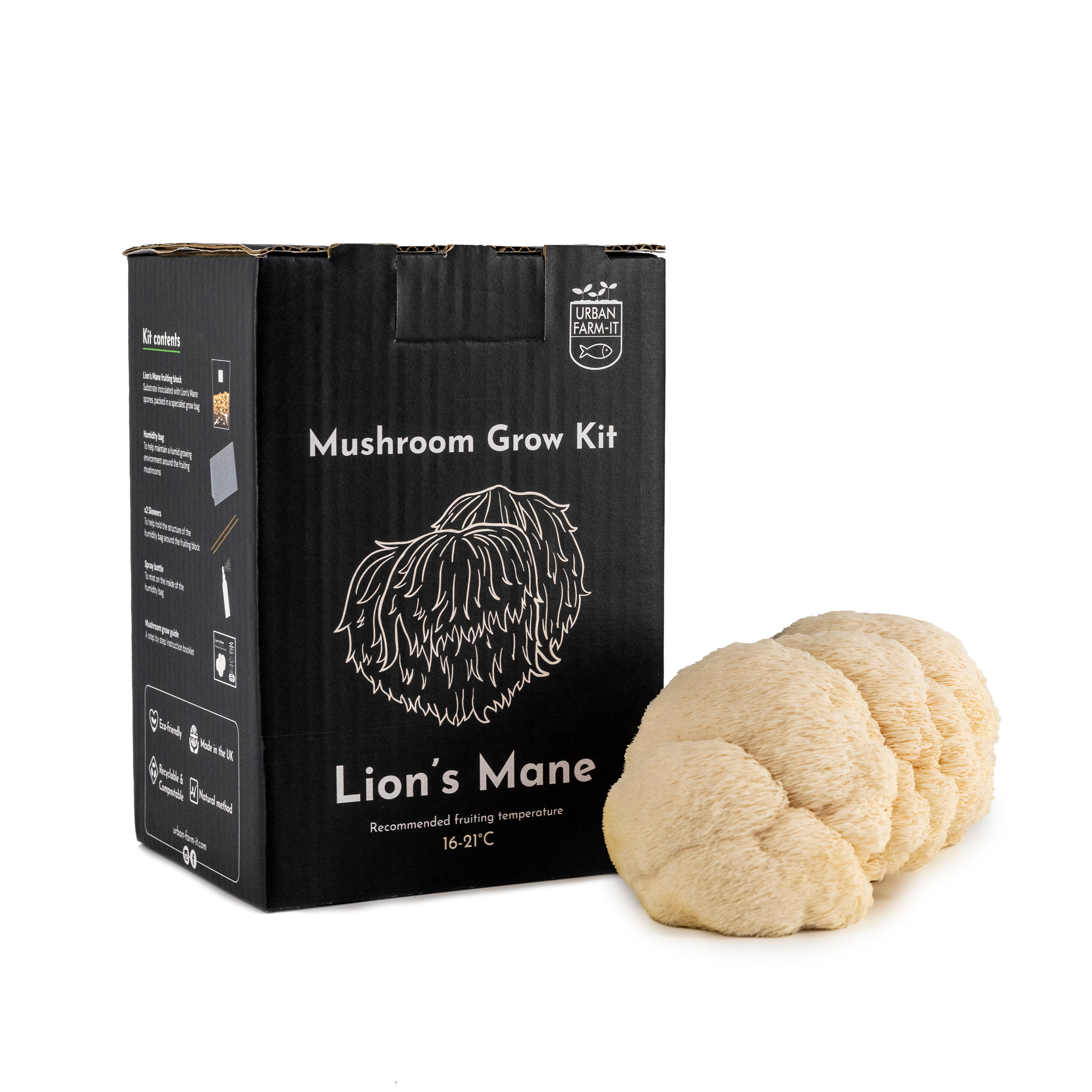
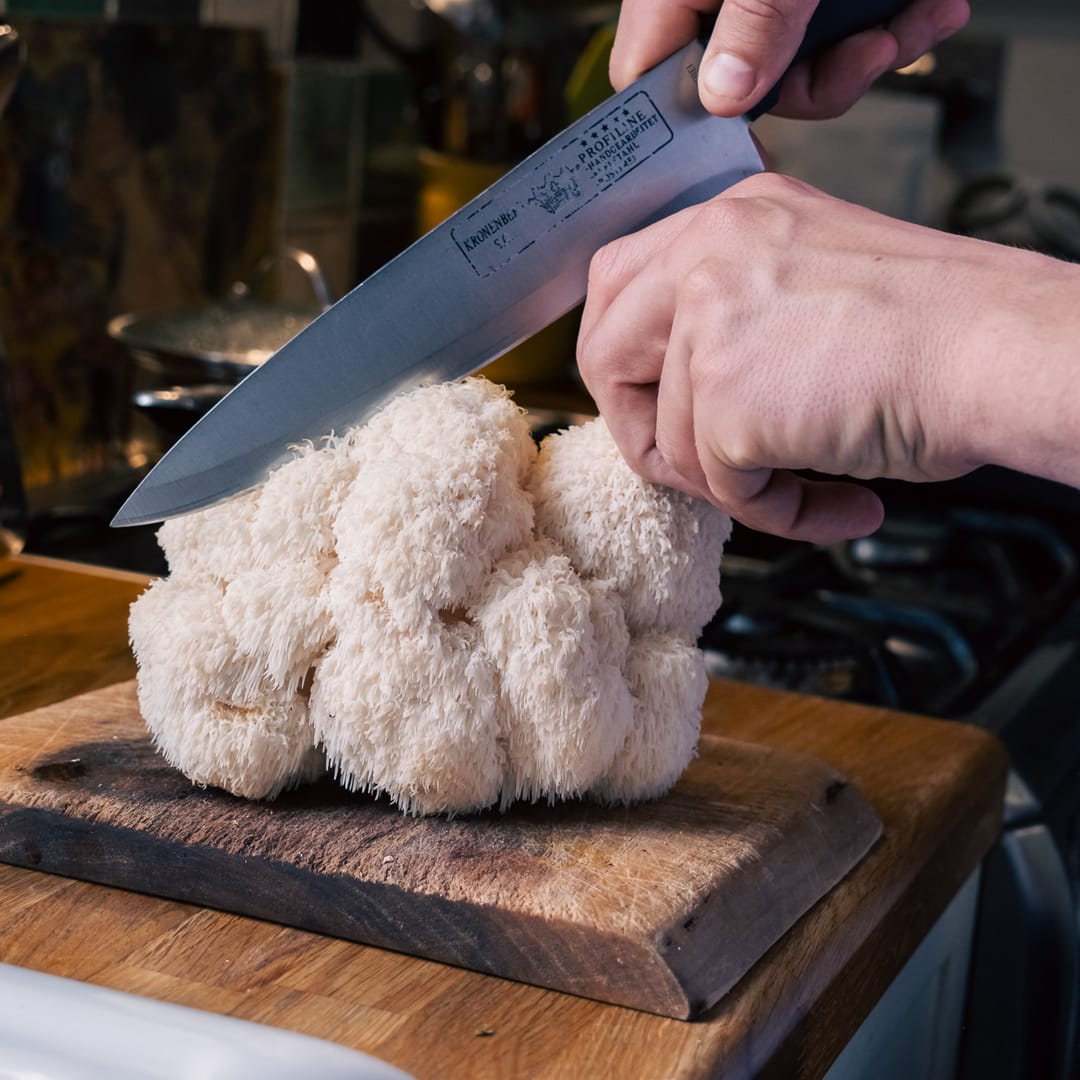

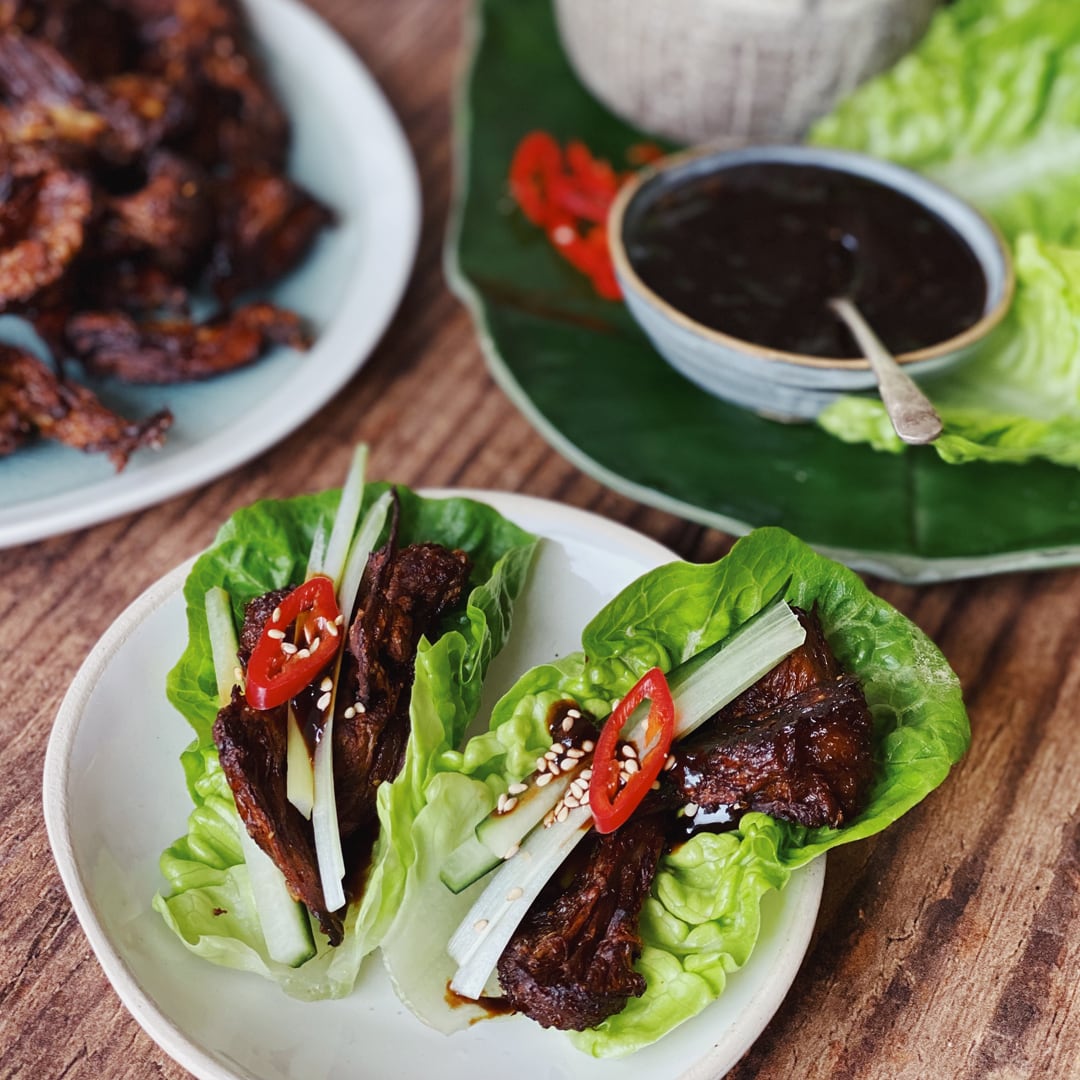
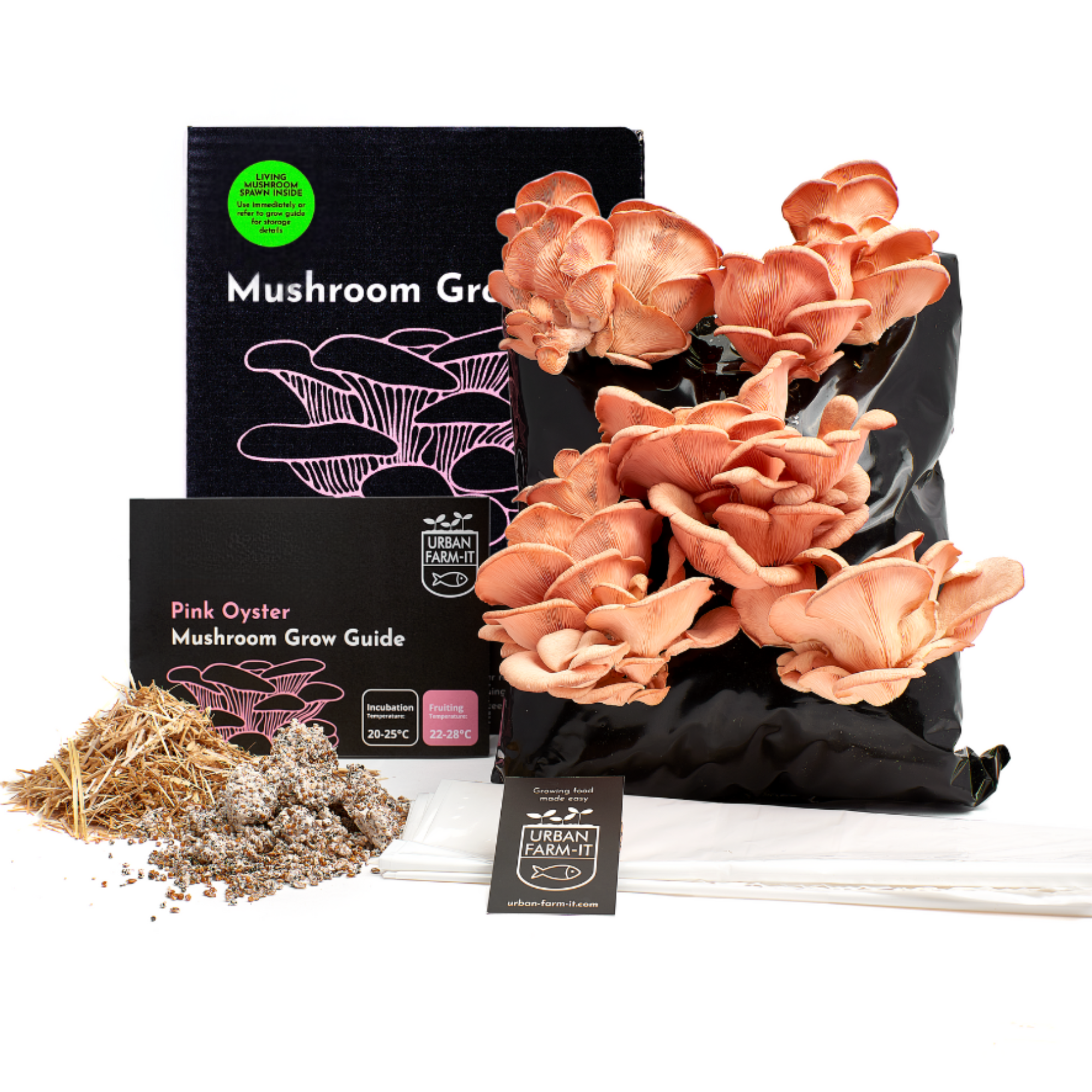
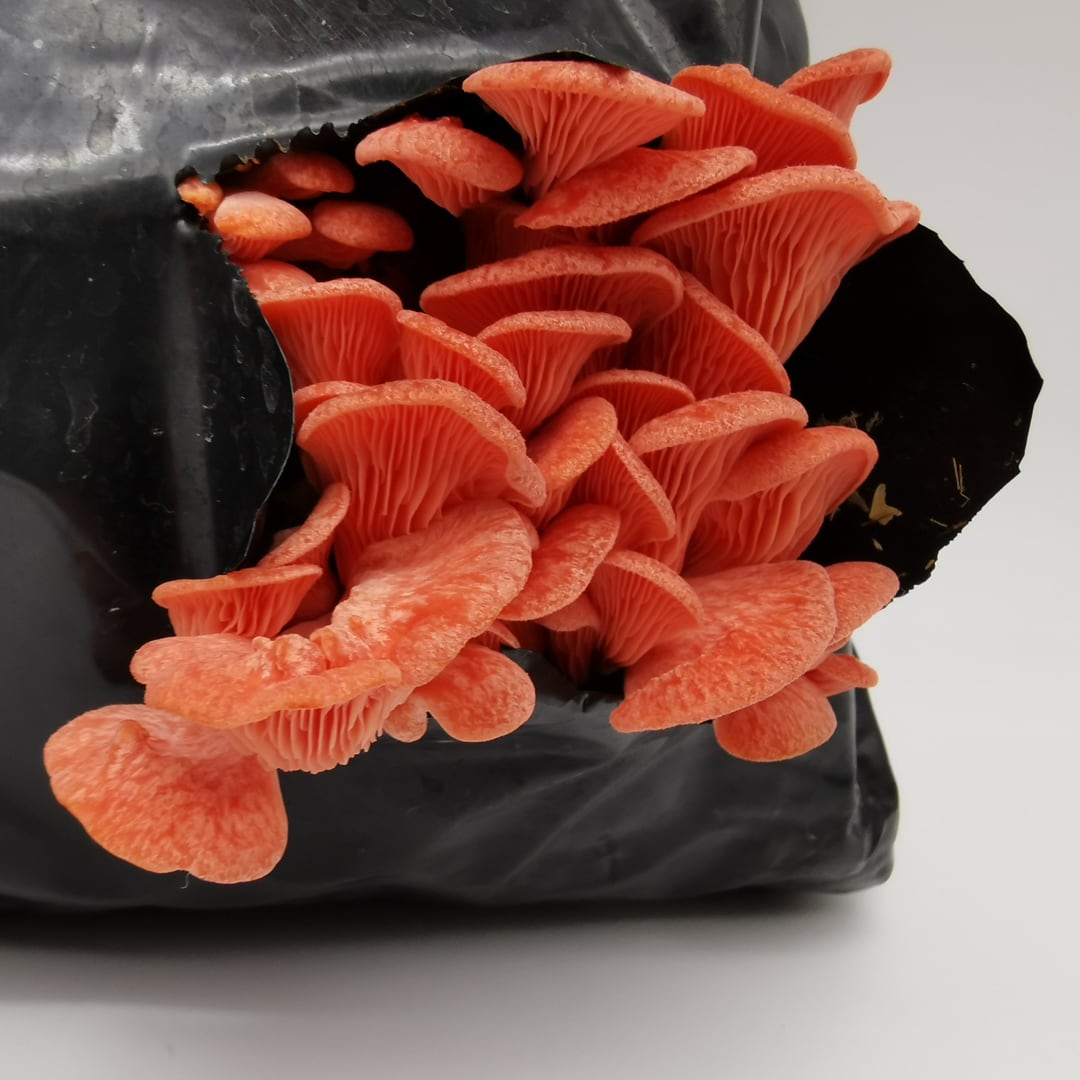
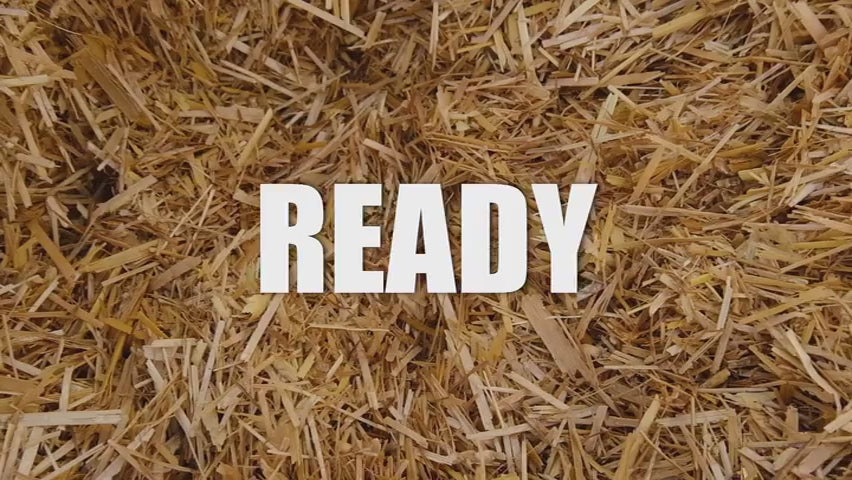
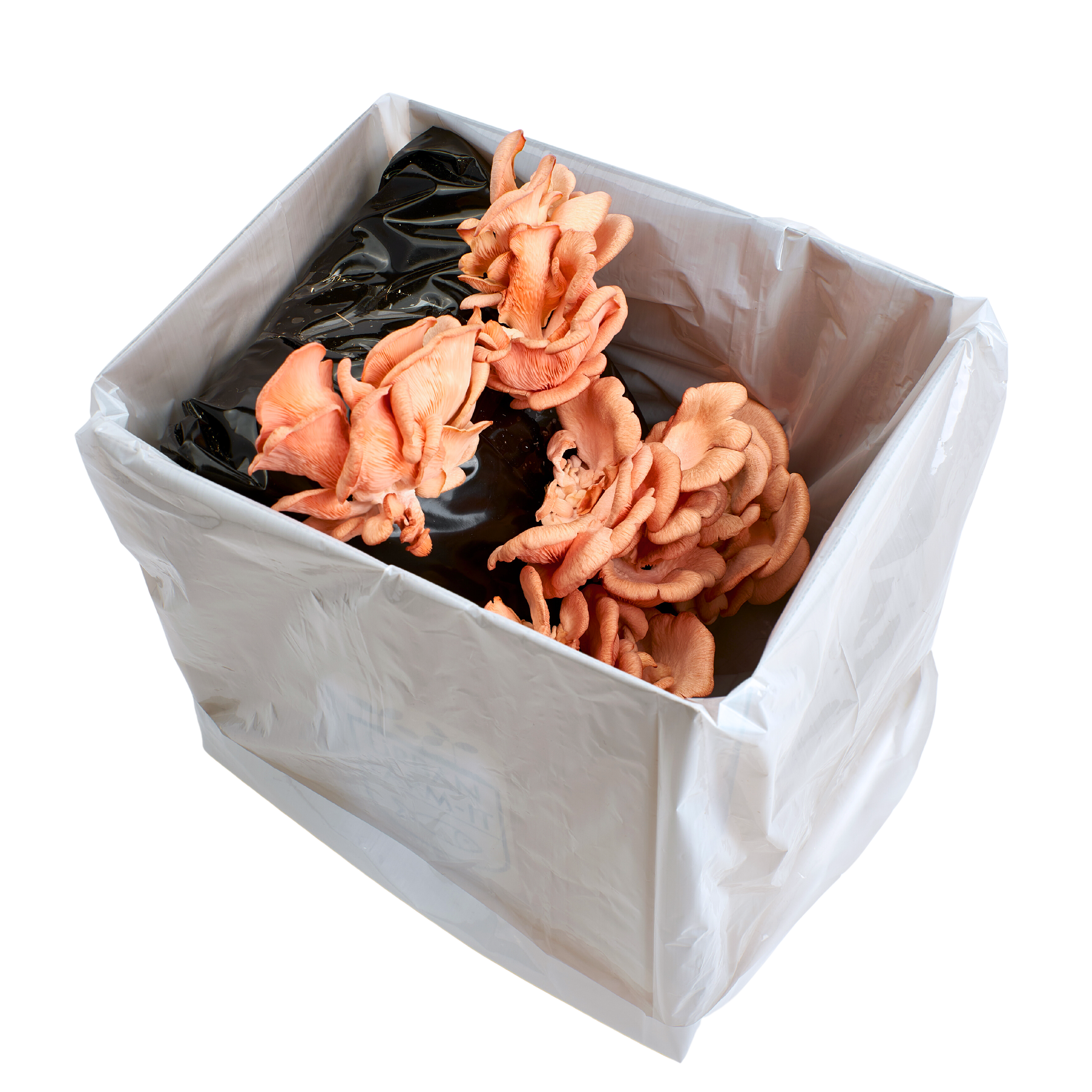
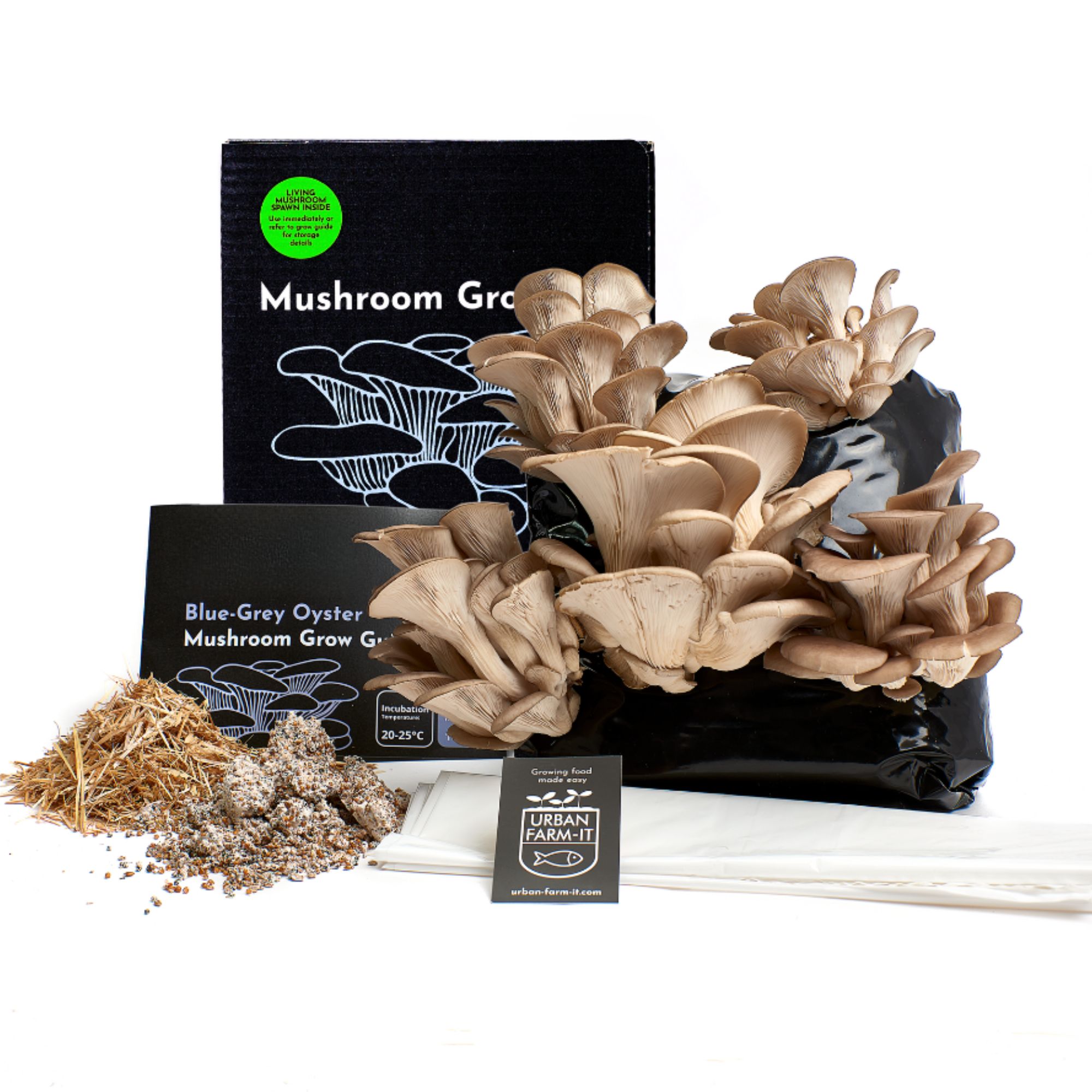
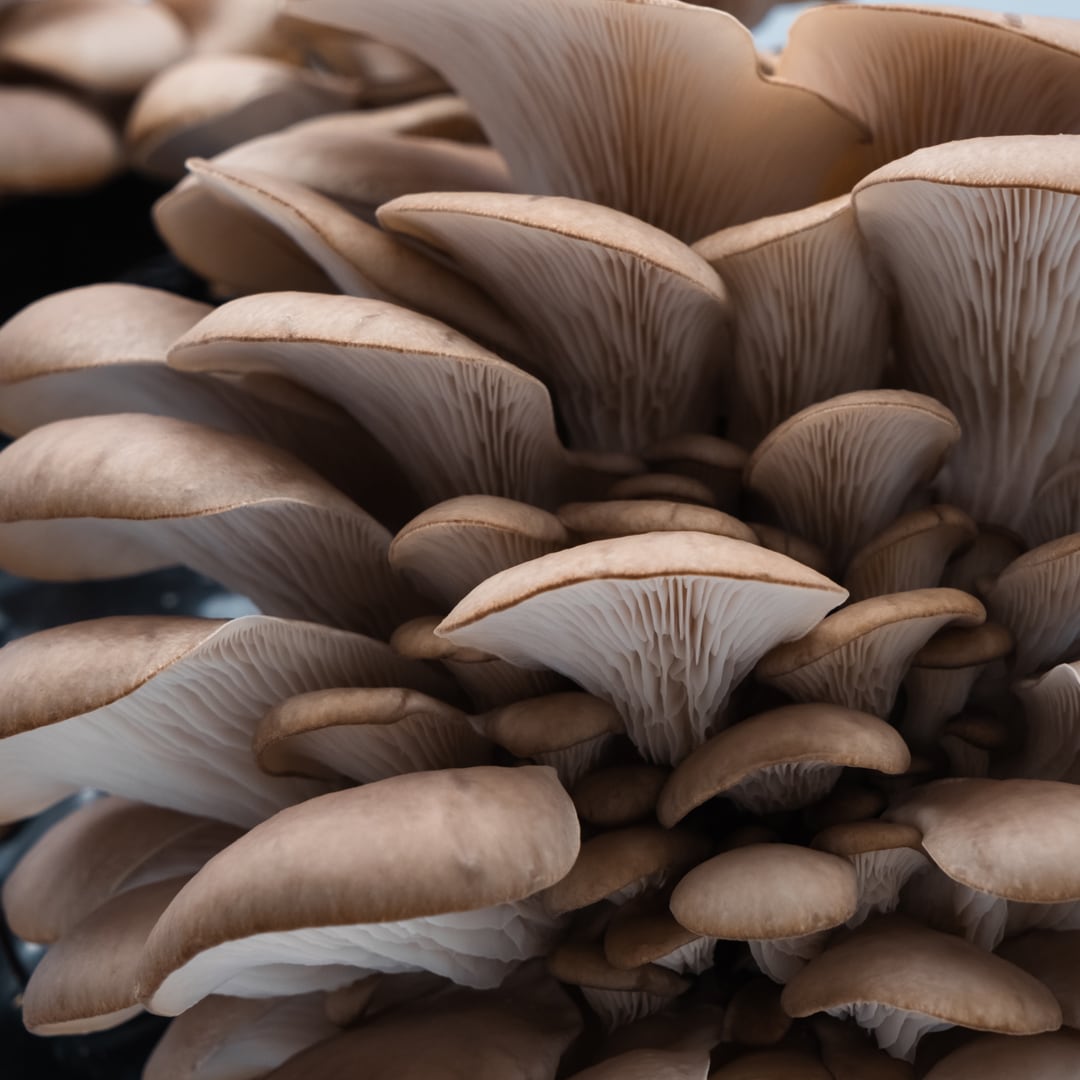
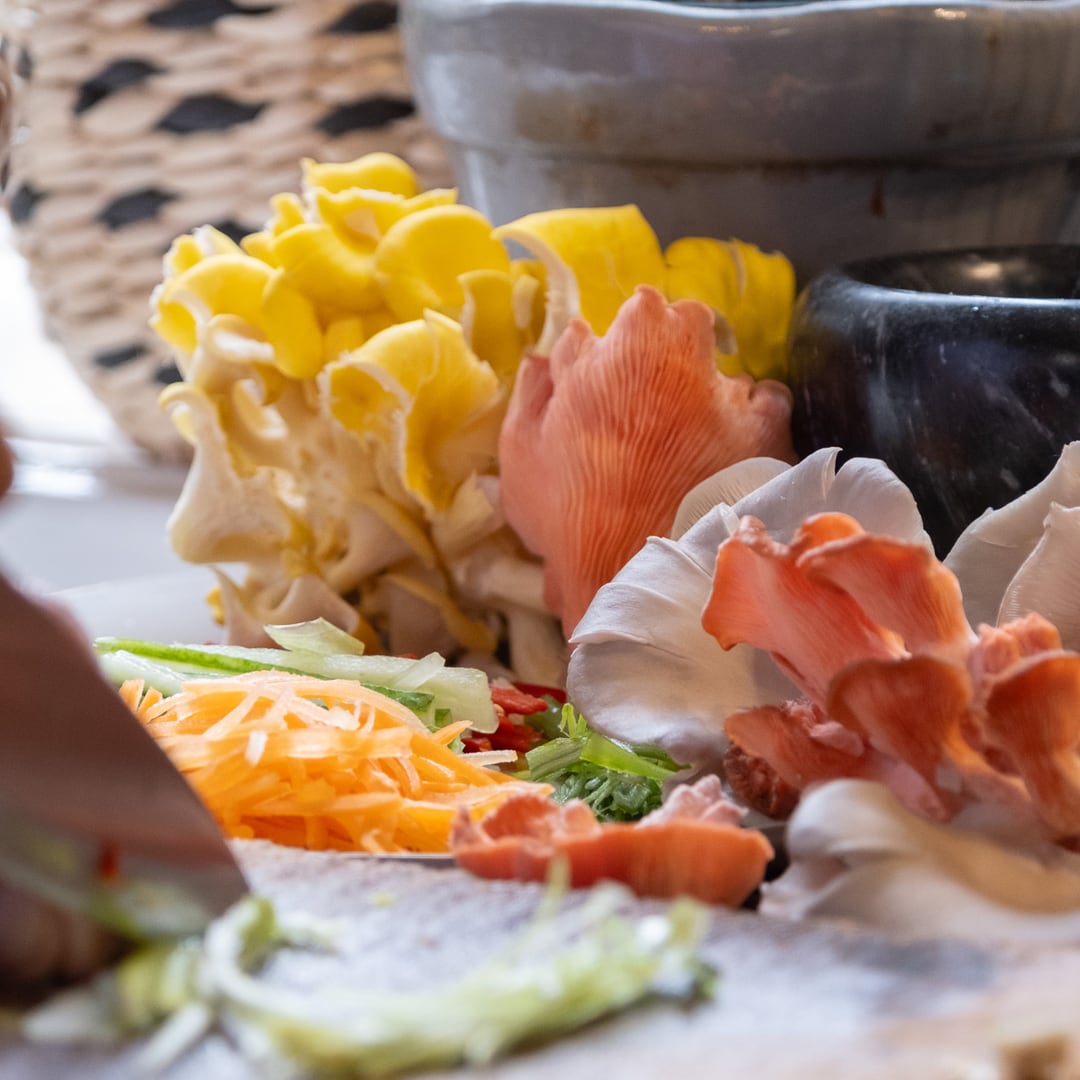
Share:
How to Start A Mushroom Growing Business
How To Grow Oyster Mushrooms